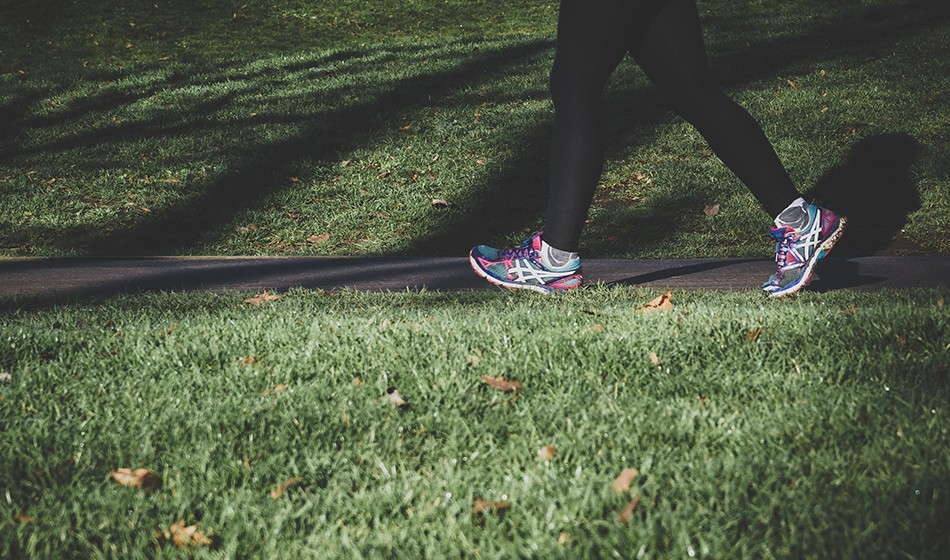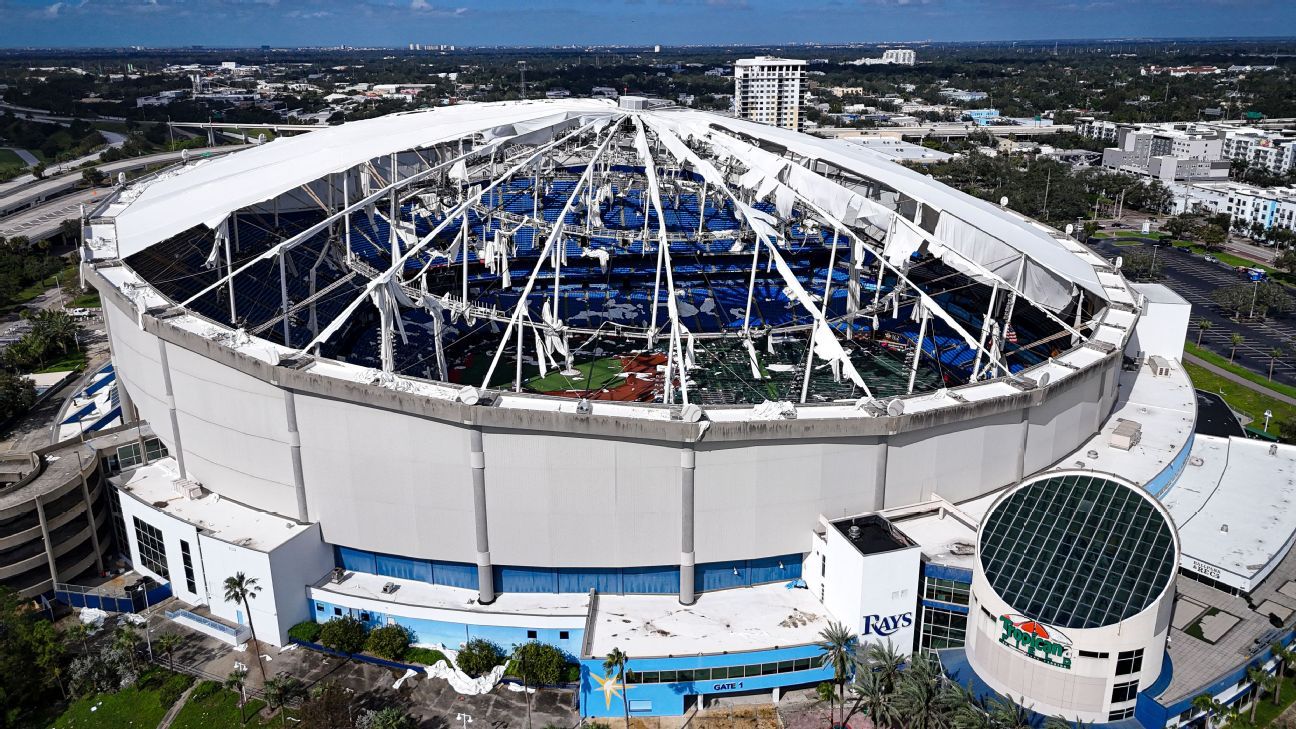
We bust some of the jargon around running footwear and look at how to find the best pair for you
Running is a dynamic movement and one in which all the body’s weight hits the ground, on a single foot, with a far greater impact than standing still.
The way in which your foot moves forward during its contact with the ground is dictated by its flexibility and not necessarily the shape. This explains why the often quoted ‘wet foot test’ (where you wet your foot before then placing it on a towel or heavy piece of paper to check how ‘flat’ your foot is) can be misleading.
Your foot will always strike the ground on the lateral (outside) edge – it does this to create space under the arch. Your arch can then flex and absorb the impact.
If your foot rolls inwards a supportive or control running shoe will reduce this roll while, if it stays to the outer edge, a more flexible or neutral shoe should help.
Other factors to consider when buying new running shoes
■ Are your current running shoes suitable, do you have any injuries and what do you need from new shoes?
■ You should always remember that, when changing from one shoe type to another, there will be an adaptation period to adjust to the dynamics of the new footwear. Break new shoes in over a period of weeks and give your body time to make adjustments.
■ Perhaps the best way to choose your new shoes would be to visit a specialist running store which offers a video analysis service. Here the staff will be able to film you running in various shoe types and explain the difference and the effect each has on your running gait. This gives you a great opportunity to look at yourself running and examine, as well as feel, the difference first hand.
What kind of pronator am I?
Pronation
When the foot strikes the ground it rolls inwards, through the space created by the arch, to absorb the impact and shock.
Depending on the flexibility of the foot (and remember the foot has 26 bones, so lots of room for flexibility) it will vary in the amount it rolls.
Under pronation
In a more rigid foot, as it hits the ground on the outer side of the heel, the foot stays on the outer edge as it rolls forward.
Neutral
The foot lands on the outside edge of the heel then rolls inwards until it is in a relatively straight line with the lower leg.
Over pronation
After landing on the outside edge of the heel, the foot rolls inwards and due to the higher degree of flexibility in the foot, it rolls inwards.
What’s in a shoe?
Cushioning
Cushioning can take on many forms, but essentially they are blends of rubber and elasto-polymers. EVA (Ethylene Vinyl Acetate) and CM-EVA (Compression Moulded) are the most popular, although they can take on many different brand names.
These materials are popular because they offer a great combination of durability, cushioning and their ability to remain lightweight and flexible.
TPU or Thermoplastic Polyurethane can again take on many different brand names. The most well known is perhaps BOOST, by adidas, but it can be found in shoes from Saucony (EVERUN), Puma (NRGY) and Mizuno (XPOP), as well as many other variations.
Medial post and guide rails
A medial post is a firmer material used in the cushioning of a shoe to help control over-pronation. Situated on the medial (inside edge) of the shoe, under the arch of the foot, the post is there to stop the foot from rolling inwards.
Guide rails do a similar job of steadying the foot by cradling it on impact.
Click here for our latest shoe reviews.















 Phone: (800) 737. 6040
Phone: (800) 737. 6040 Fax: (800) 825 5558
Fax: (800) 825 5558 Website:
Website:  Email:
Email: 






